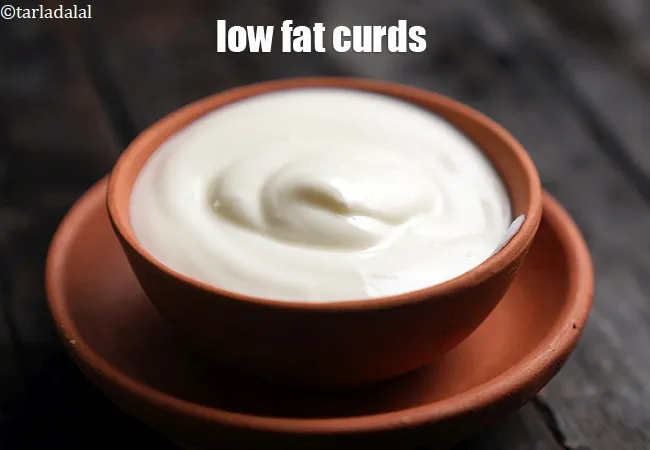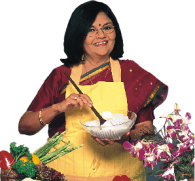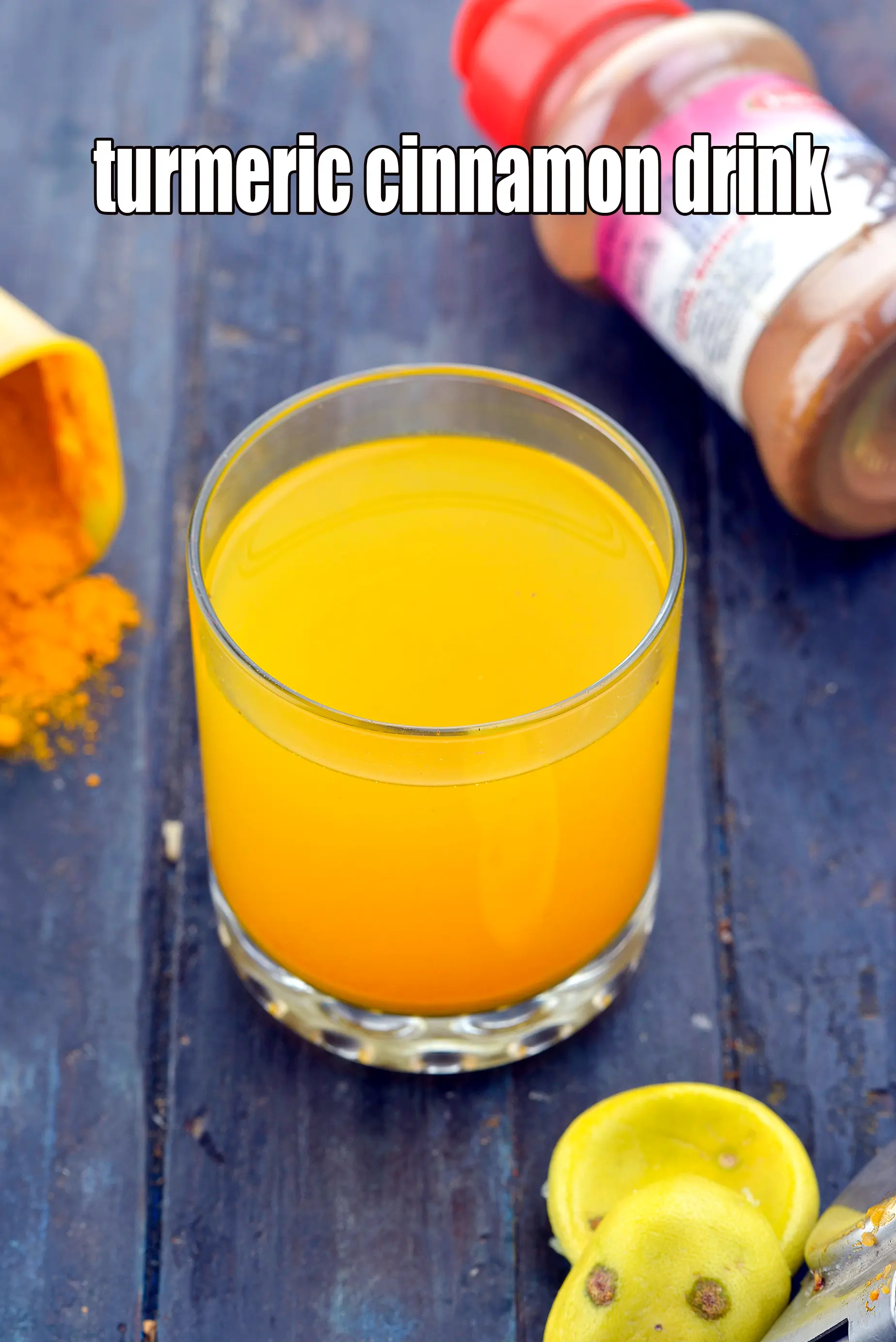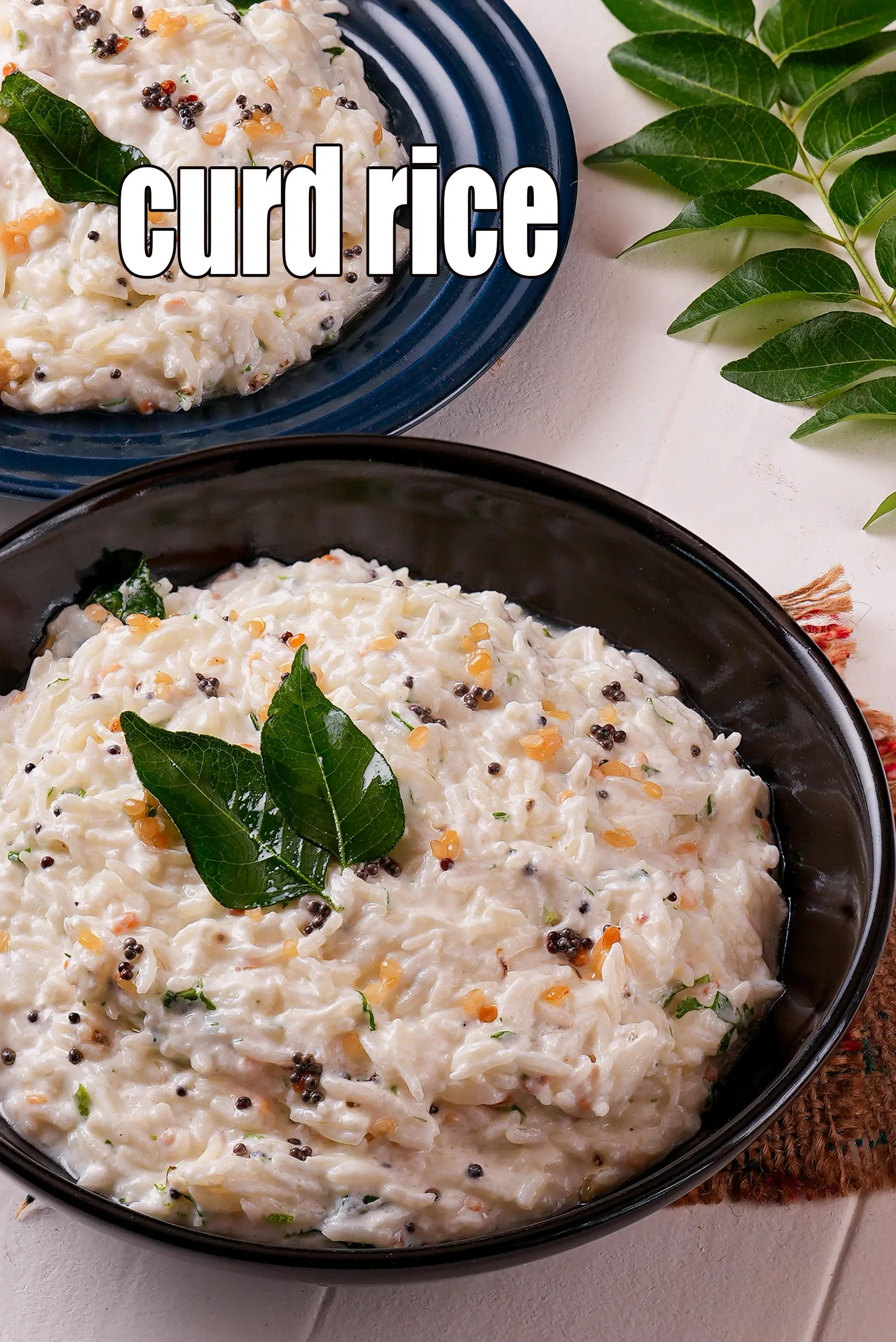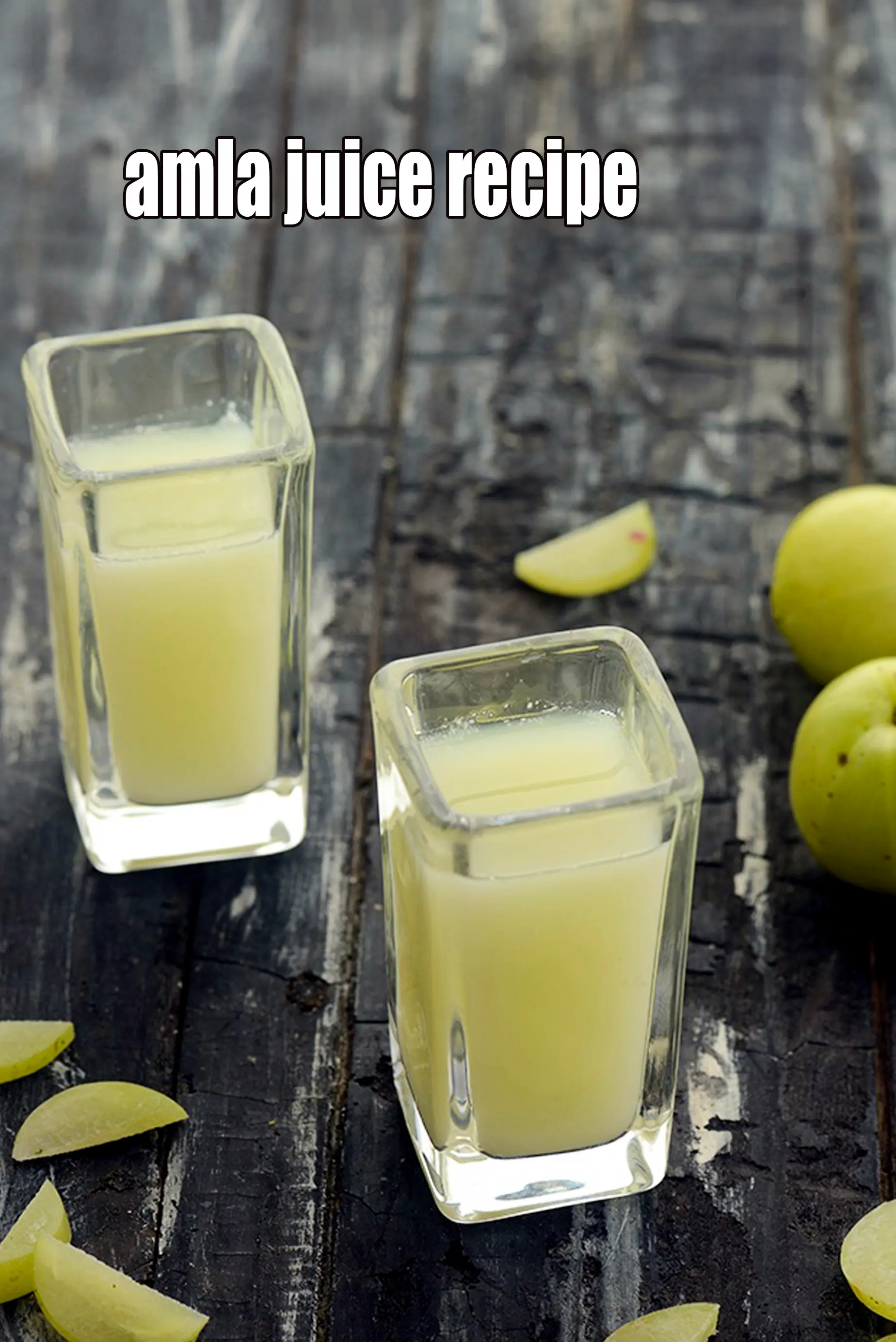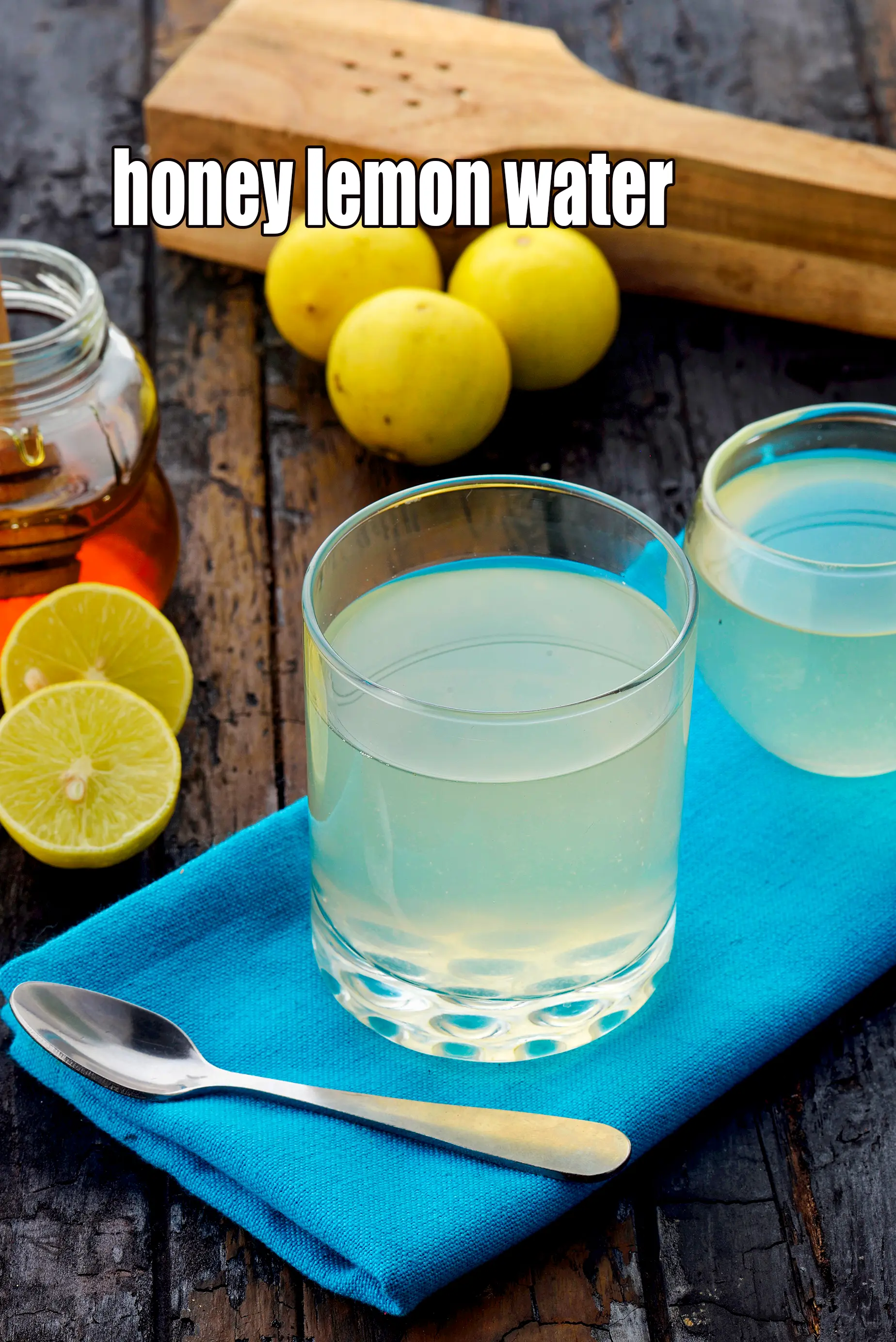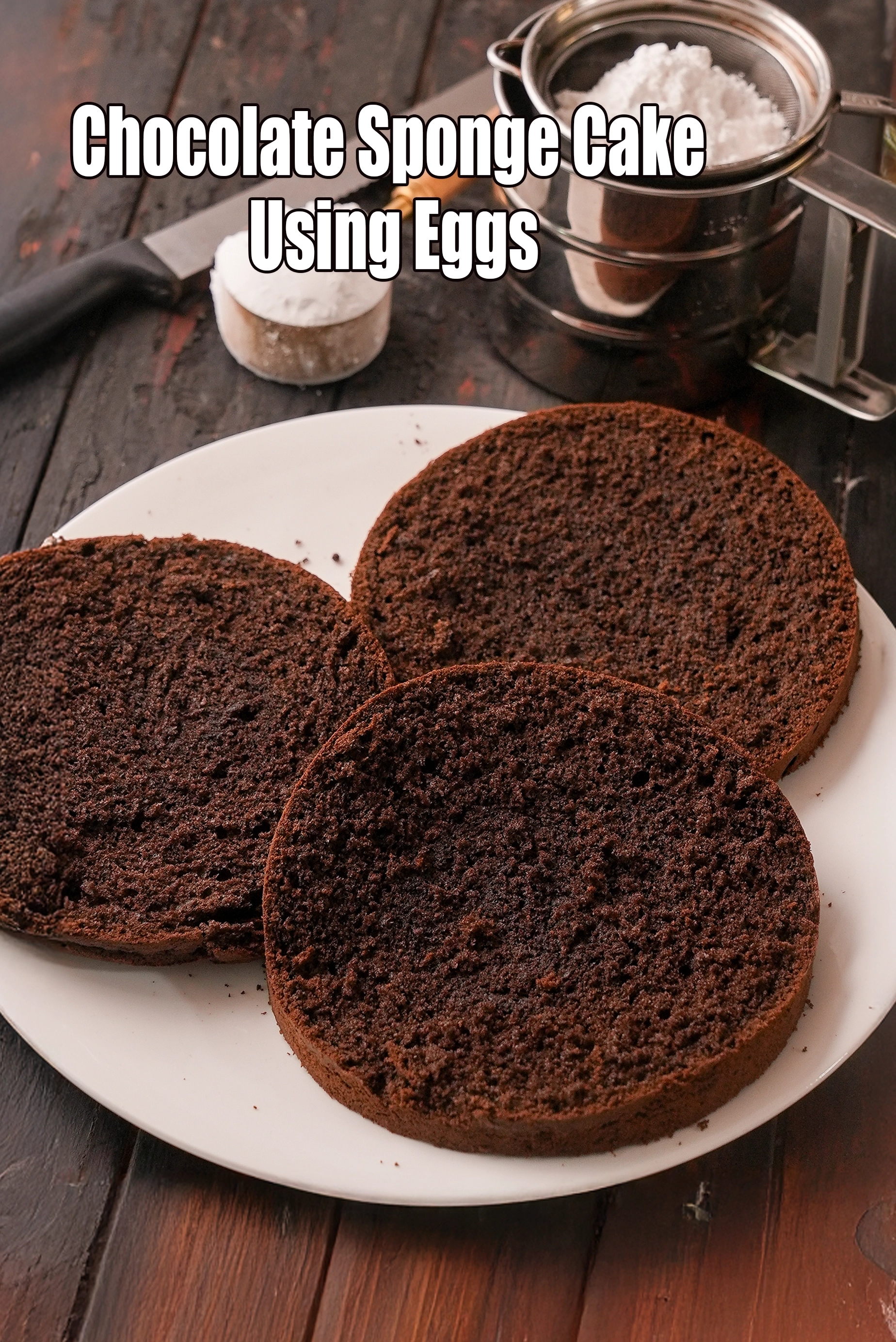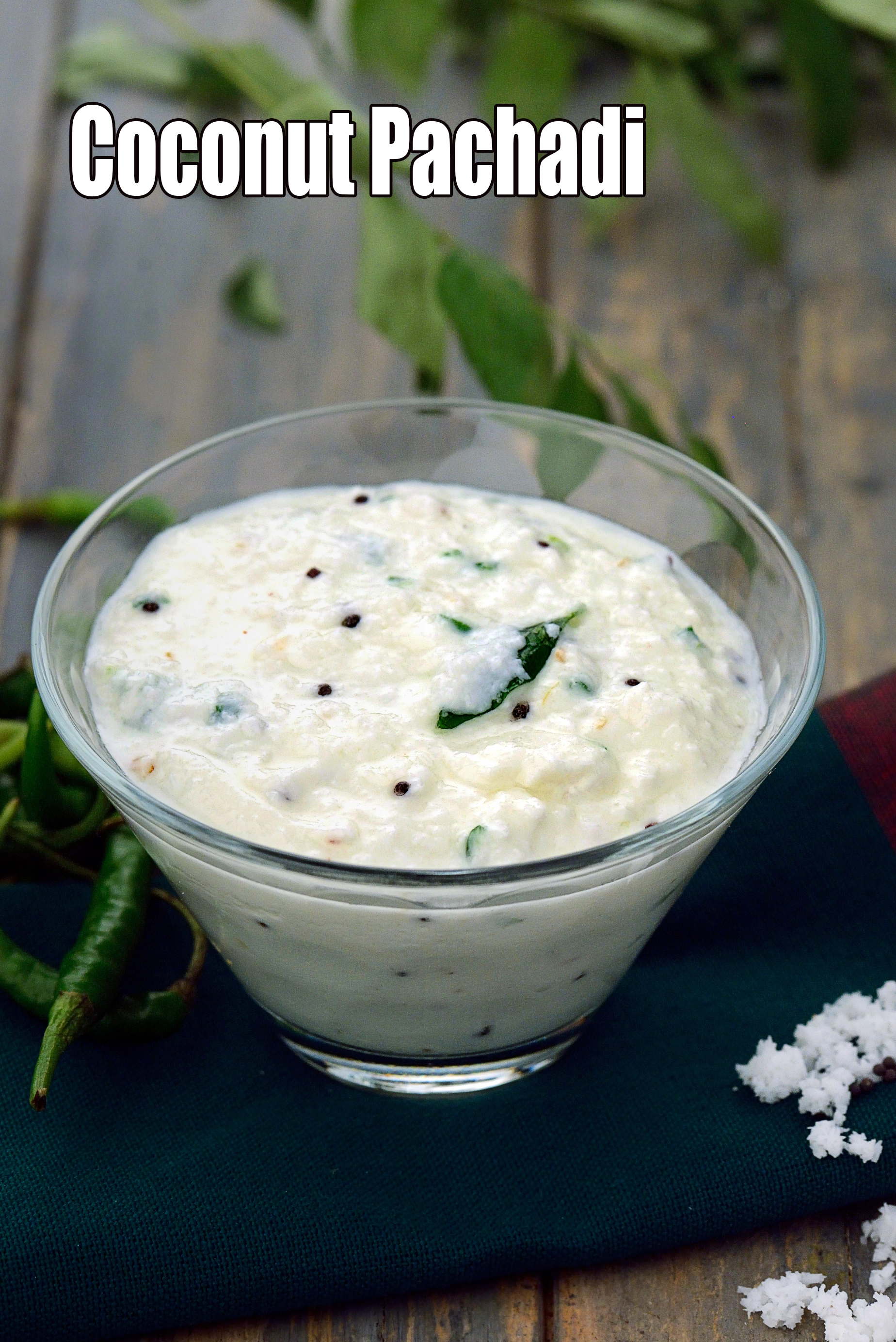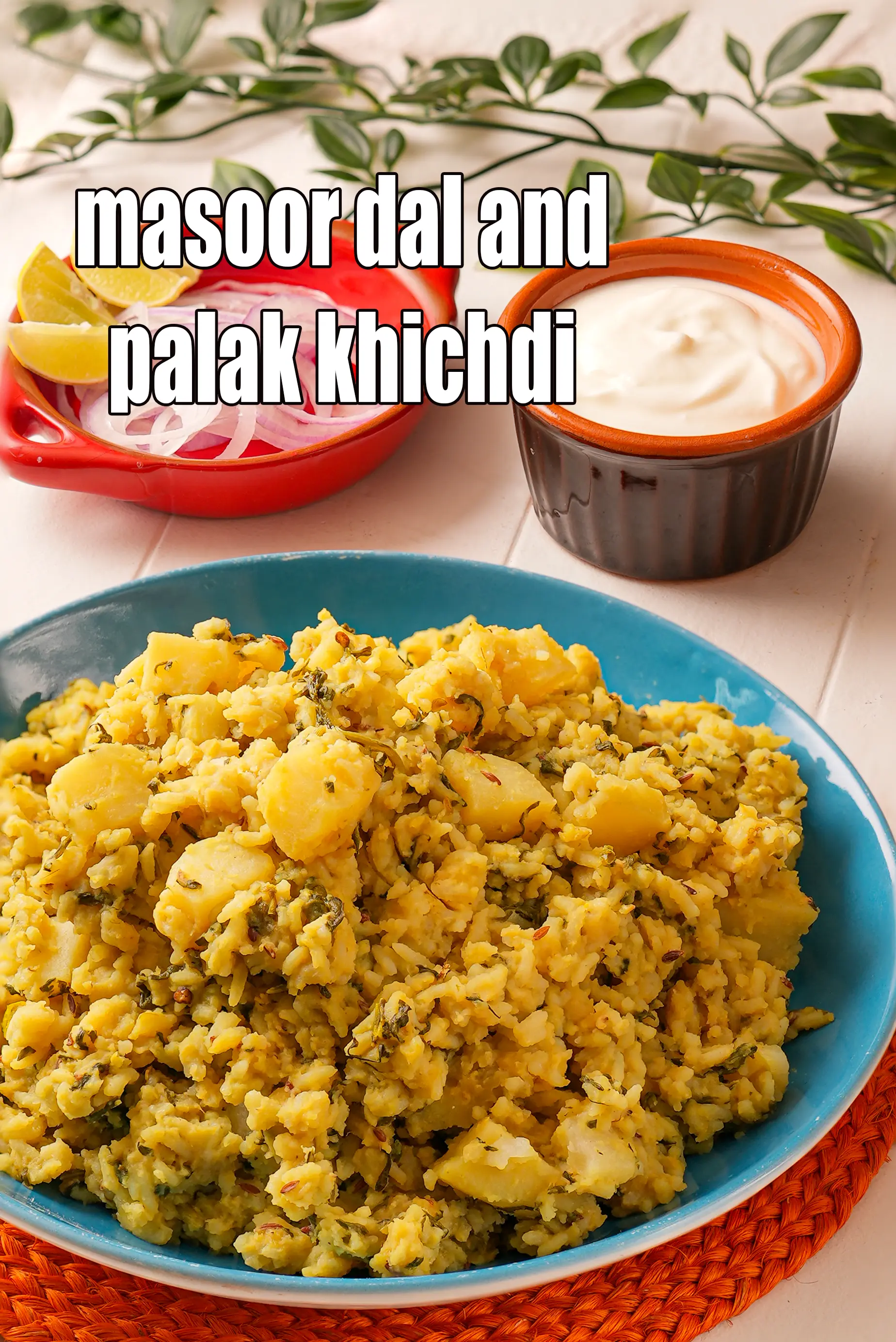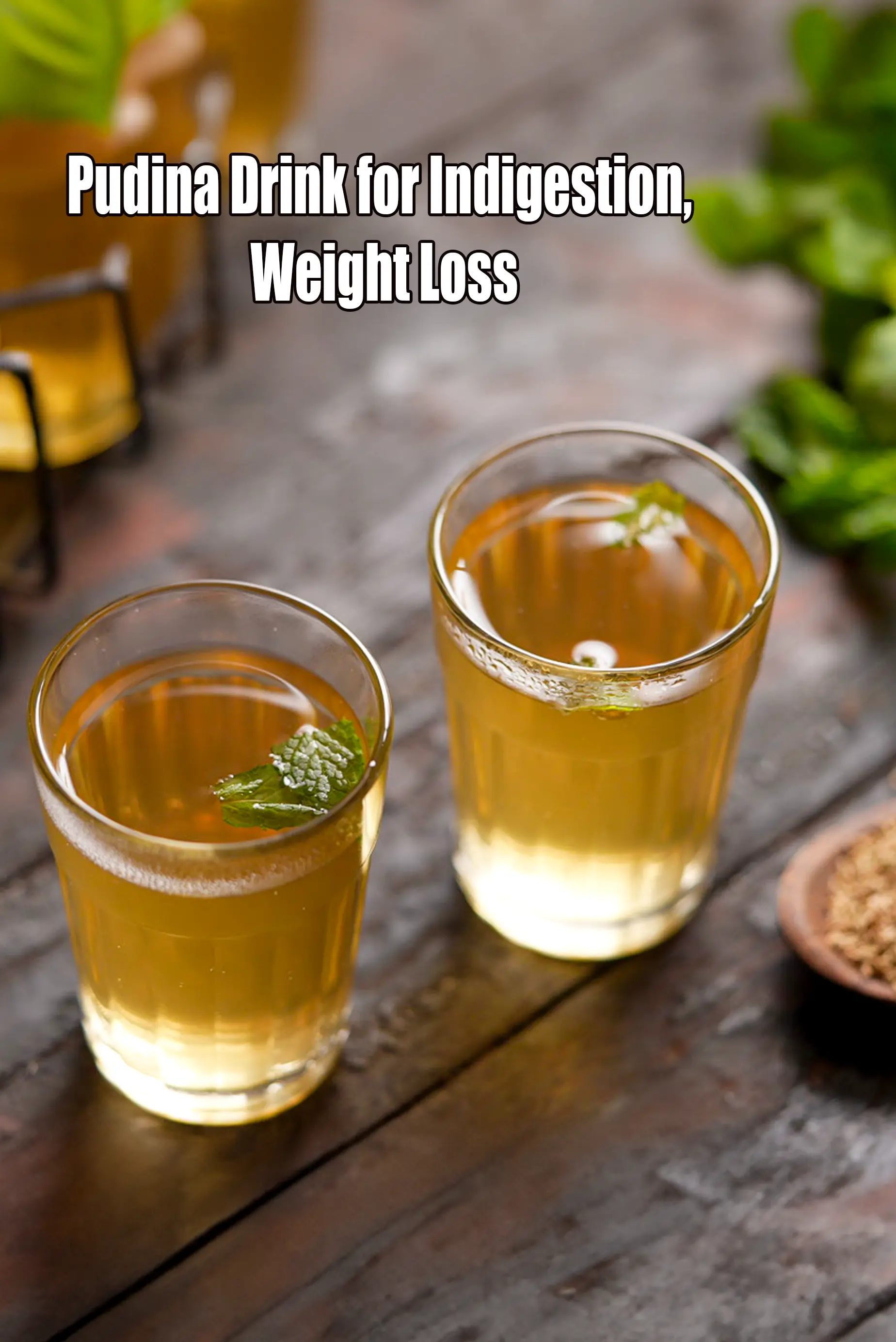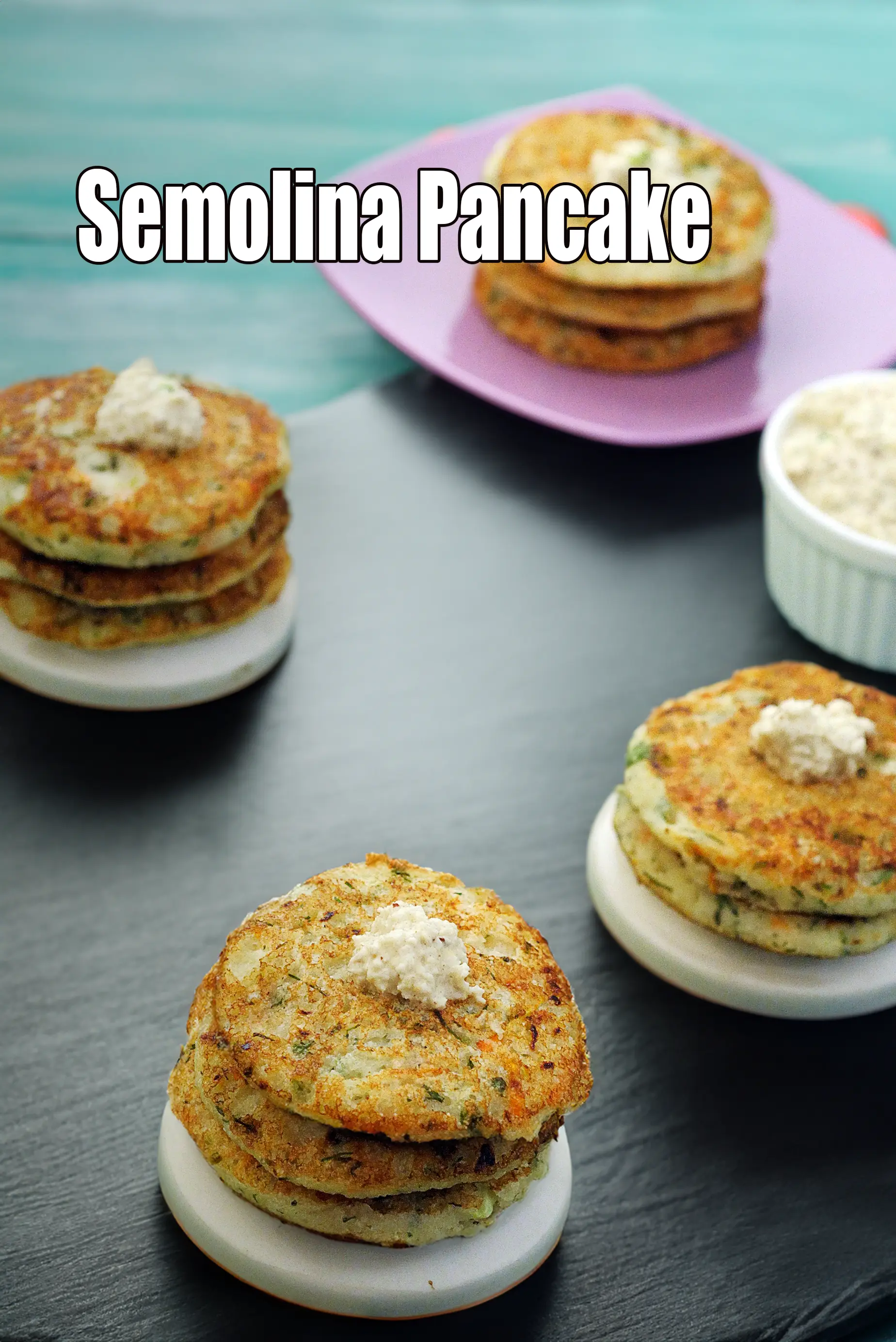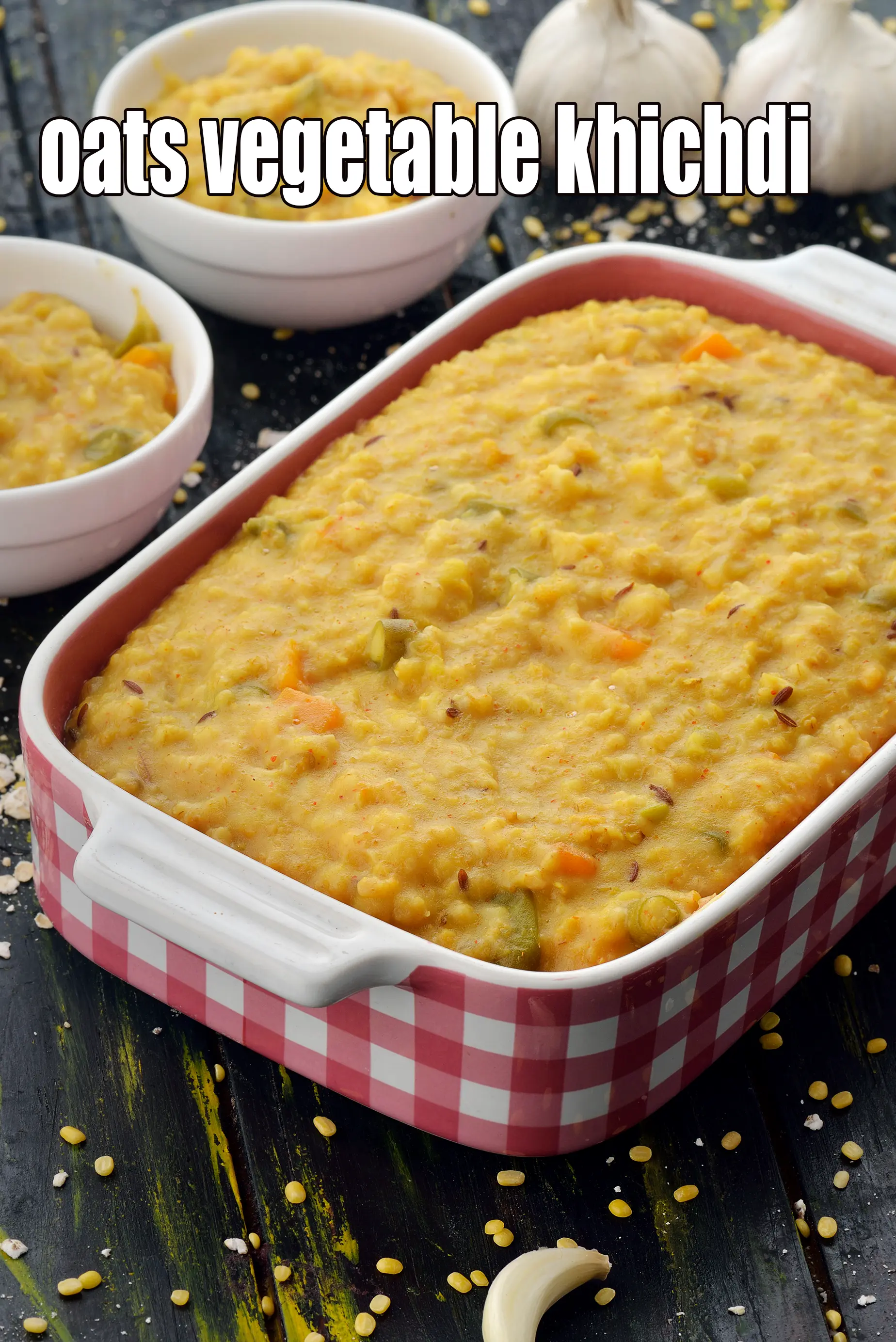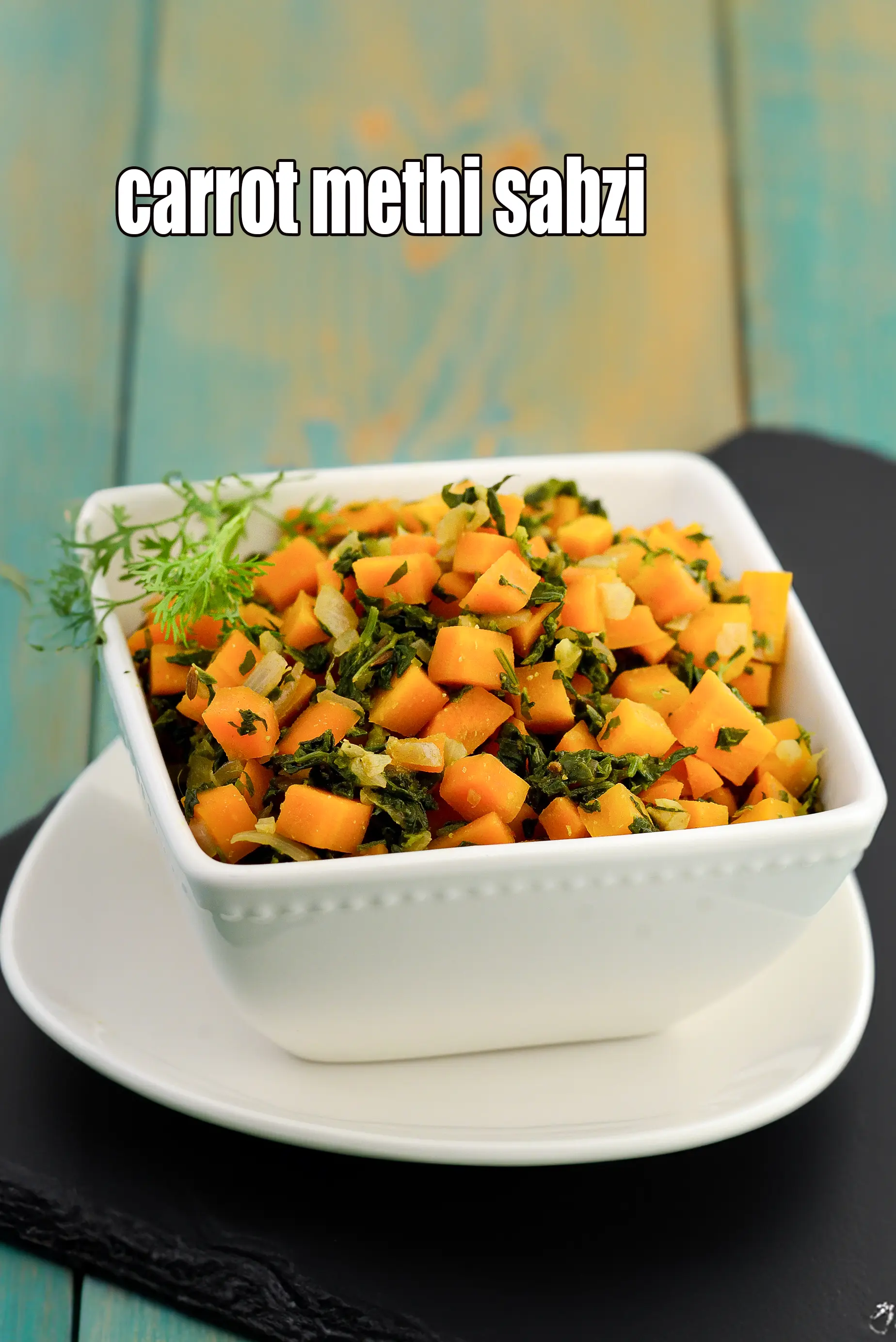Nutritional Facts of Methi ki Missi Roti, Punjabi Methi Missi Roti, Calories in Methi ki Missi Roti, Punjabi Methi Missi Roti
This calorie page has been viewed 3010 times
Table of Content
How many calories does one Methi ki Missi Roti have?
One (100 grams) of Methi ki Missi Roti gives 105 calories. Out of which carbohydrates comprise 60 calories, proteins account for 13 calories and remaining calories come from fat which is 35 calories. One Methi ki Missi Roti provides about 5.2 percent of the total daily calorie requirement of a standard adult diet of 2,000 calories.
Methi ki Missi Roti recipe makes 14 rotis of 100 grams each.
105 calories for 1 roti of Methi ki Missi Roti, Punjabi Methi Missi Roti, Cholesterol 0 mg, Carbohydrates 15g, Protein 3.3.g, Fat 3.8g. Find how much fibre, iron, calcium, zinc, magnesium, phosphorus, sodium, potassium, folic acid is present in Methi ki Missi Roti, Punjabi Methi Missi Roti.
See methi missi roti recipe | Punjabi methi missi roti | healthy fenugreek leaves flatbread |
Methi missi roti is a traditional Punjabi flatbread that is packed with flavor, nutrition, and texture. This wholesome roti is made with a combination of whole wheat flour, gram flour (besan), fresh fenugreek leaves (methi), and an array of aromatic spices. The addition of fenugreek leaves not only lends a distinct and slightly bitter flavor but also adds a pleasant earthy aroma to the roti.
Methi missi roti is not only delicious but also nutritious. Fenugreek leaves are rich in fiber, vitamins, and minerals, making them a healthy addition to this dish. The combination of whole wheat flour and gram flour adds protein, fiber, and complex carbohydrates, making methi missi roti a filling and satisfying meal option.
The texture of methi missi roti is another highlight of this dish. The gram flour adds a nutty crunch to the roti, while the fenugreek leaves contribute a slight chewiness, creating a delightful contrast of textures. This unique combination makes methi missi roti a versatile and delicious choice that can be enjoyed on its own or paired with a variety of curries, chutneys, or pickles.
Overall, methi missi roti is a flavorful and wholesome flatbread that celebrates the rich culinary heritage of India. With its blend of aromatic spices, fresh fenugreek leaves, and hearty flours, this dish is a delightful and nutritious addition to any meal. Give methi missi roti a try and experience the delicious fusion of flavors and textures it has to offer.
Pro tips for methi missi roti 1. In a bowl put 1 cup besan (bengal gram flour). Unlike some rotis made solely with wheat flour, besan is a key ingredient in methi missi roti. It provides binding properties that help form a structured and pliable dough, especially when combined with the fenugreek leaves (methi). 2. Add 1/2 cup chopped fenugreek leaves (methi) leaves. They add a slightly bitter and earthy taste to the roti, which is balanced by the other spices and herbs used in the recipe. This bitterness is a characteristic element of Methi Missi Roti and differentiates it from plain rotis.
Is Methi ki Missi Roti healthy?
Yes, this recipe is healthy, conditions apply.
Let's understand the Ingredients.
What's good.
Methi leaves (fenugreek leaves) : Methi leaves are low in calorie, powerful antioxidant and cures mouth ulcers. Fenugreek leaves help in improving glucose and insulin responses, hence good for diabetics. The levels of cholesterol also reduced with intakes of fenugreek leaves. Rich in Vitamin K which is good for bone metabolism. They are good source of iron which is important for pregnant women as well as other individuals. Iron is a part of haemoglobin in the blood. A deficiency of iron may cause anaemia and that may decrease your work ability and make you fatigue easily. See all benefits of methi leaves here.
Whole Wheat flour (gehun ka atta) : Whole wheat flour is excellent for diabetics as they will not shoot up your blood sugar levels as they are a low GI food. Whole wheat flour is rich in Phosphorus which is a major mineral which works closely with calcium to build our bones. Vitamin B9 helps your body to produce and maintain new cells, especially increase red blood cells. See detailed 11 benefits of whole wheat flour and why it's good for you.
Besan : Besan has more good fat than whole wheat flour and also higher protein content. Rich in complex carbohydrates and with a low glycemic index, besan is good for diabetics too. Besan is high in Folate or folic acid, which is important for rapid growth and multiplication of red blood cells and white blood cells (WBC) in the bone marrow. See 10 detailed benefits of besan and why it's good for you.
Onions (pyaz, kanda) : Raw onions are a very valuable source of vitamin C – the immune building vitamin. Along with other phytonutrients from onions, it helps to build WBC (white blood cells) which serves as a line of defence against illness. Yes, it’s a source of many antioxidants, the most important one amongst them being Quercetin. The quercetin in Onions promotes production of HDL (good cholesterol) and lowers total cholesterol in the body. The sulphur in onions act as a blood thinner and prevents blood clotting too. This in turn would lower blood pressure and good for heart, diabetics. Read the benefits of onions.
Can diabetics, heart patients and over weight individuals have Methi ki Missi Roti,?
Yes. Whole wheat flour is excellent for diabetics as they will not shoot up your blood sugar levels as they are a low GI food. Maize flour is a carbohydrate rich and energy rich flour loaded with fibre.
What is a healthy accompaniment to this paratha?
We suggest you pair it with homemade curds using cows milk or low fat curds or a low fat cucumber raita.
Low fat curds recipe | healthy low fat curds | low fat dahi | Indian low fat curds |
| Energy | 105 cal |
| Protein | 3.3 g |
| Carbohydrates | 15 g |
| Fiber | 2.8 g |
| Fat | 3.8 g |
| Cholesterol | 0 mg |
| Vitamin A | 61.2 mcg |
| Vitamin B1 | 0.1 mg |
| Vitamin B2 | 0 mg |
| Vitamin B3 | 0.8 mg |
| Vitamin C | 1.4 mg |
| Folic Acid | 16.6 mcg |
| Calcium | 16.9 mg |
| Iron | 1.2 mg |
| Magnesium | 29.8 mg |
| Phosphorus | 76.2 mg |
| Sodium | 9 mg |
| Potassium | 101.6 mg |
| Zinc | 0.5 mg |
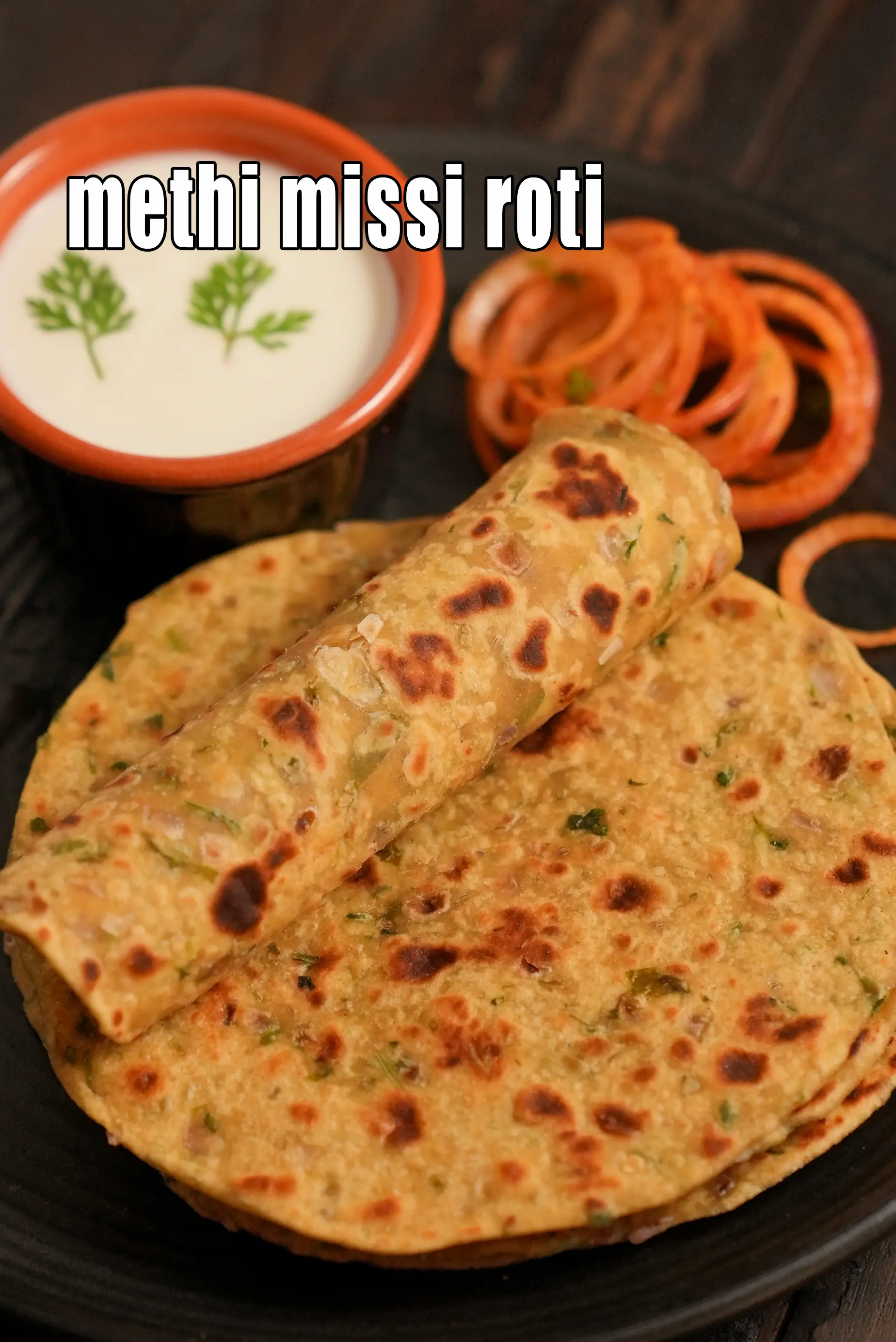
Click here to view Methi ki Missi Roti, Punjabi Methi Missi Roti
Calories in other related recipes
